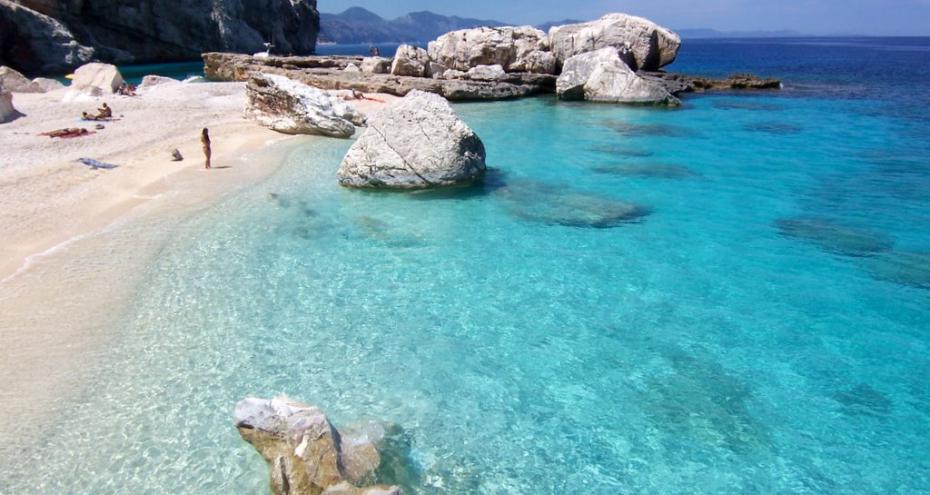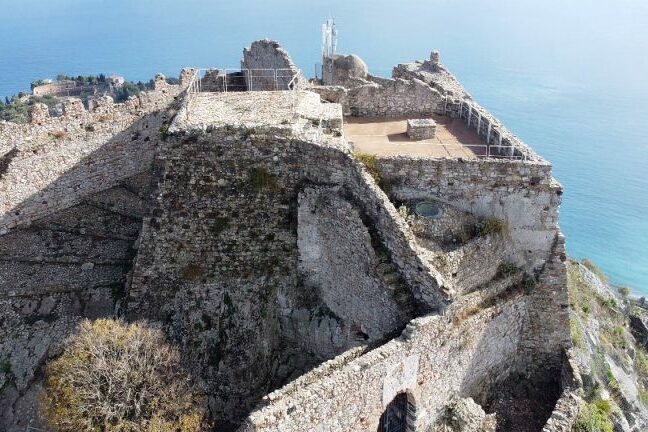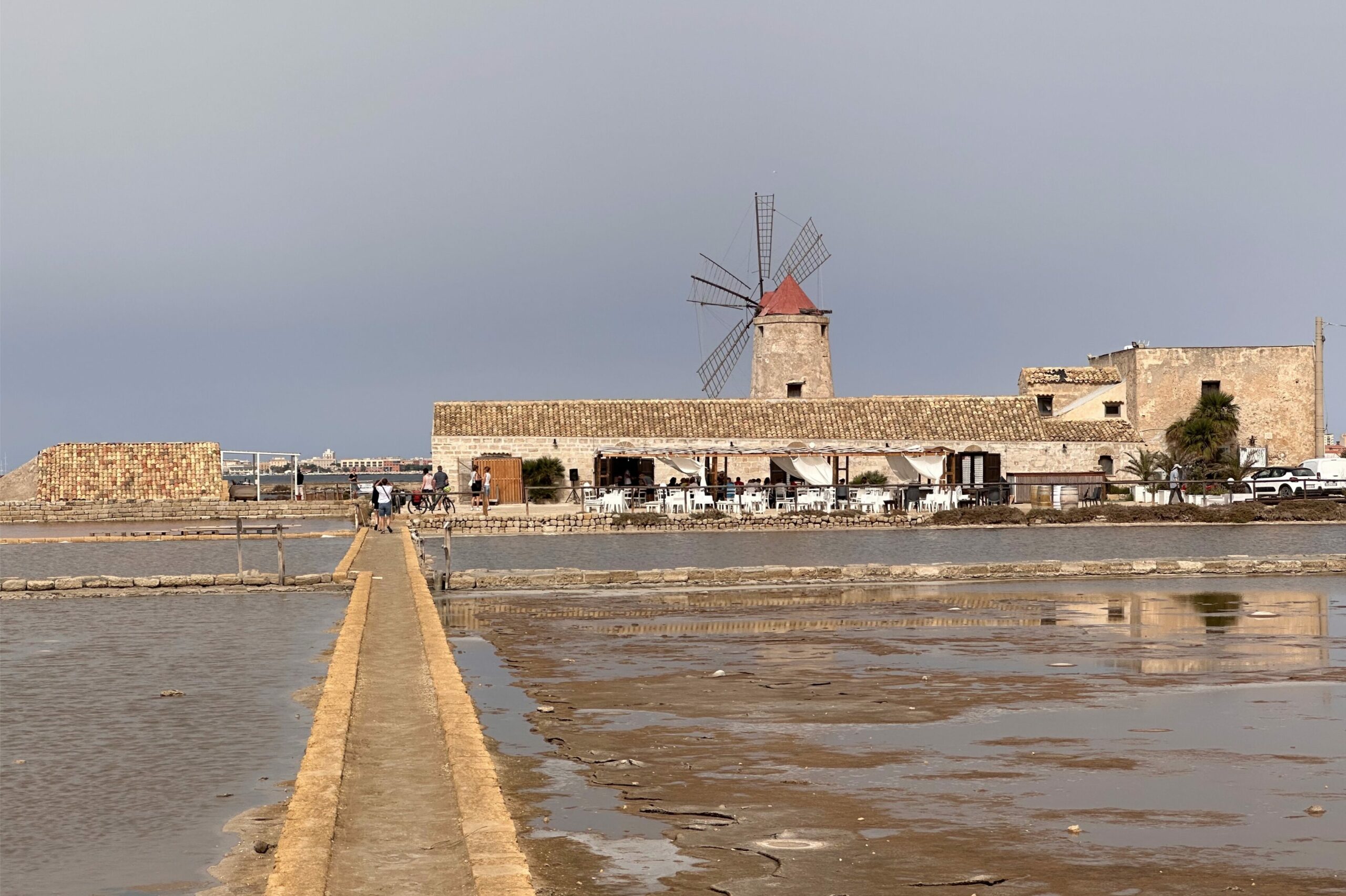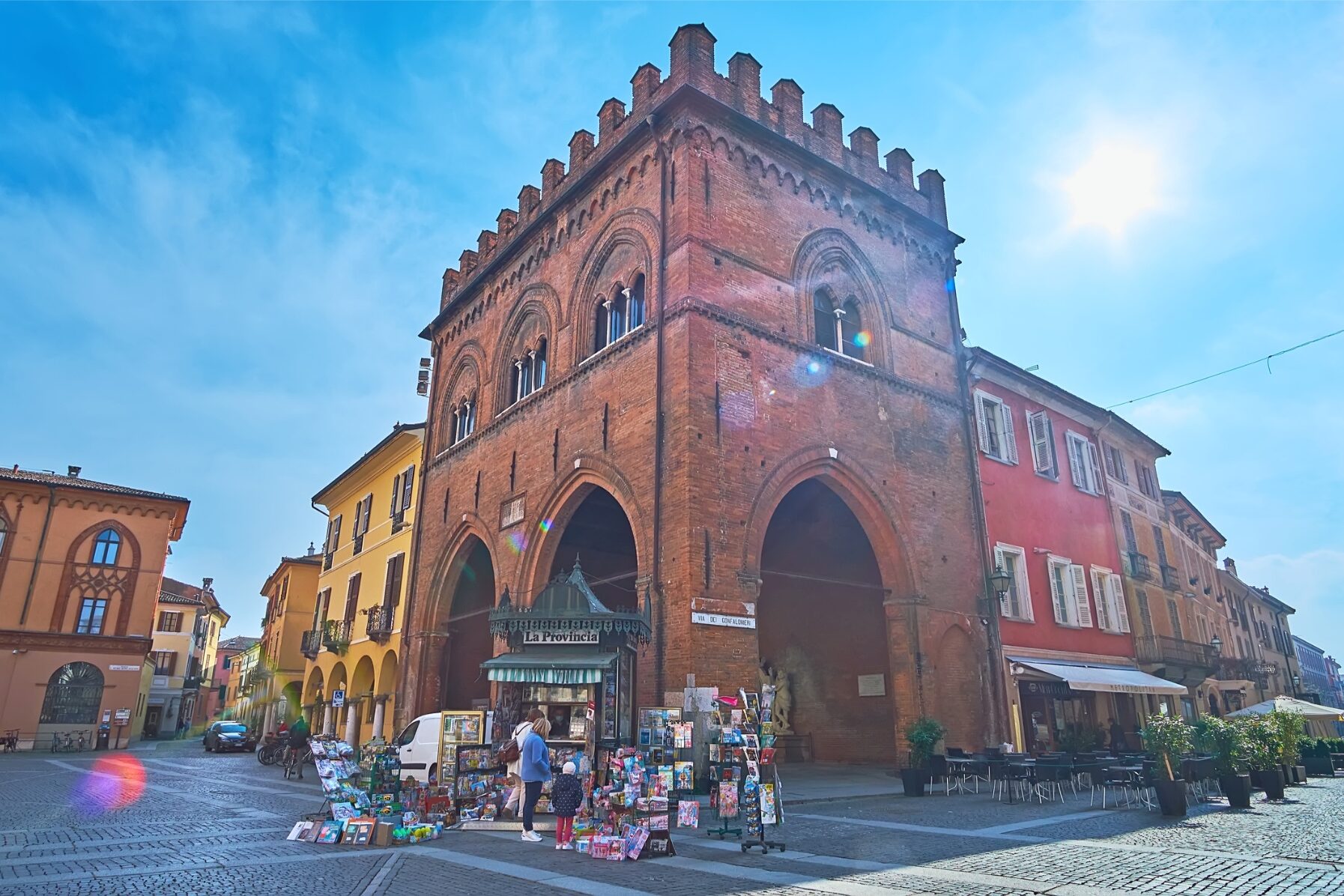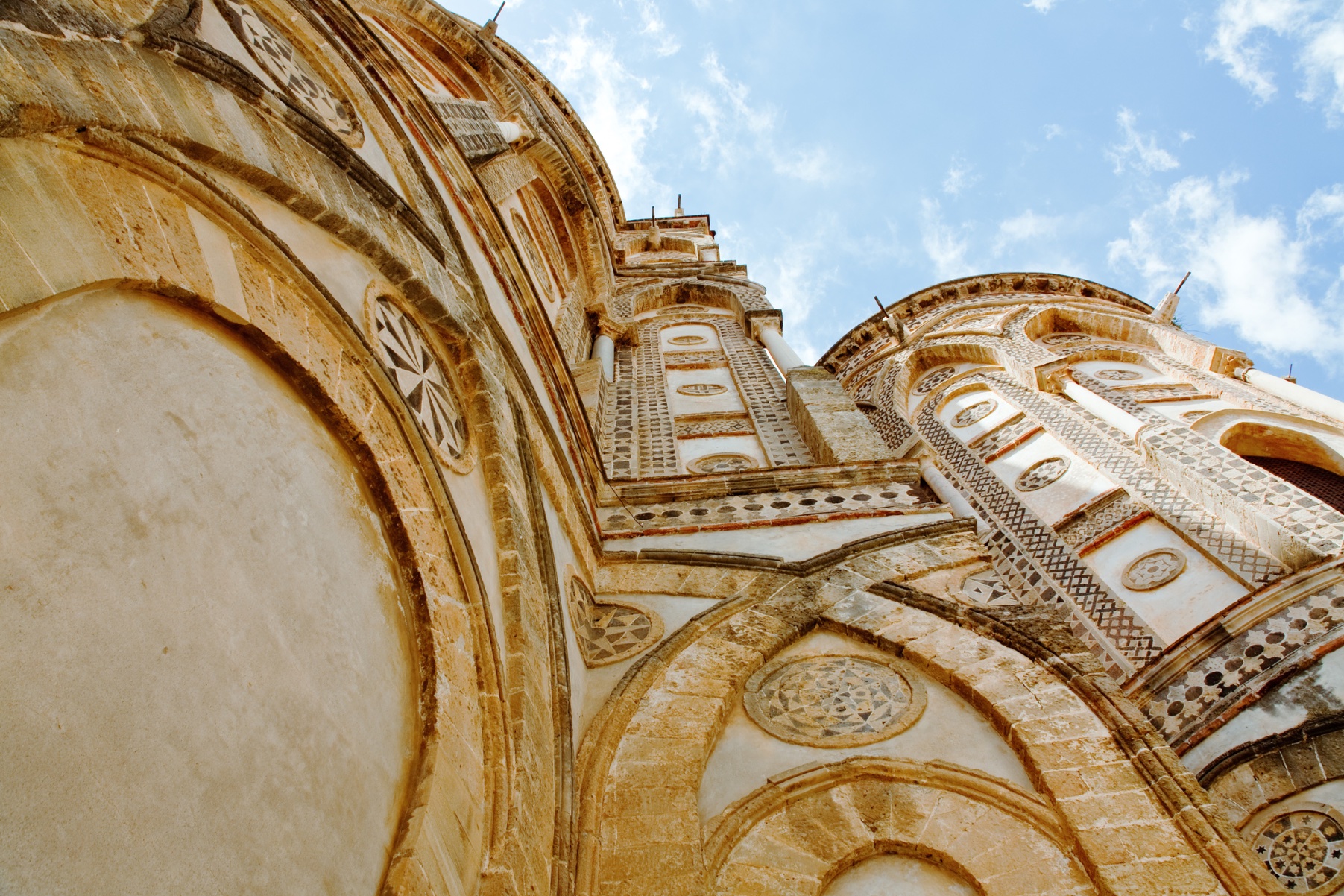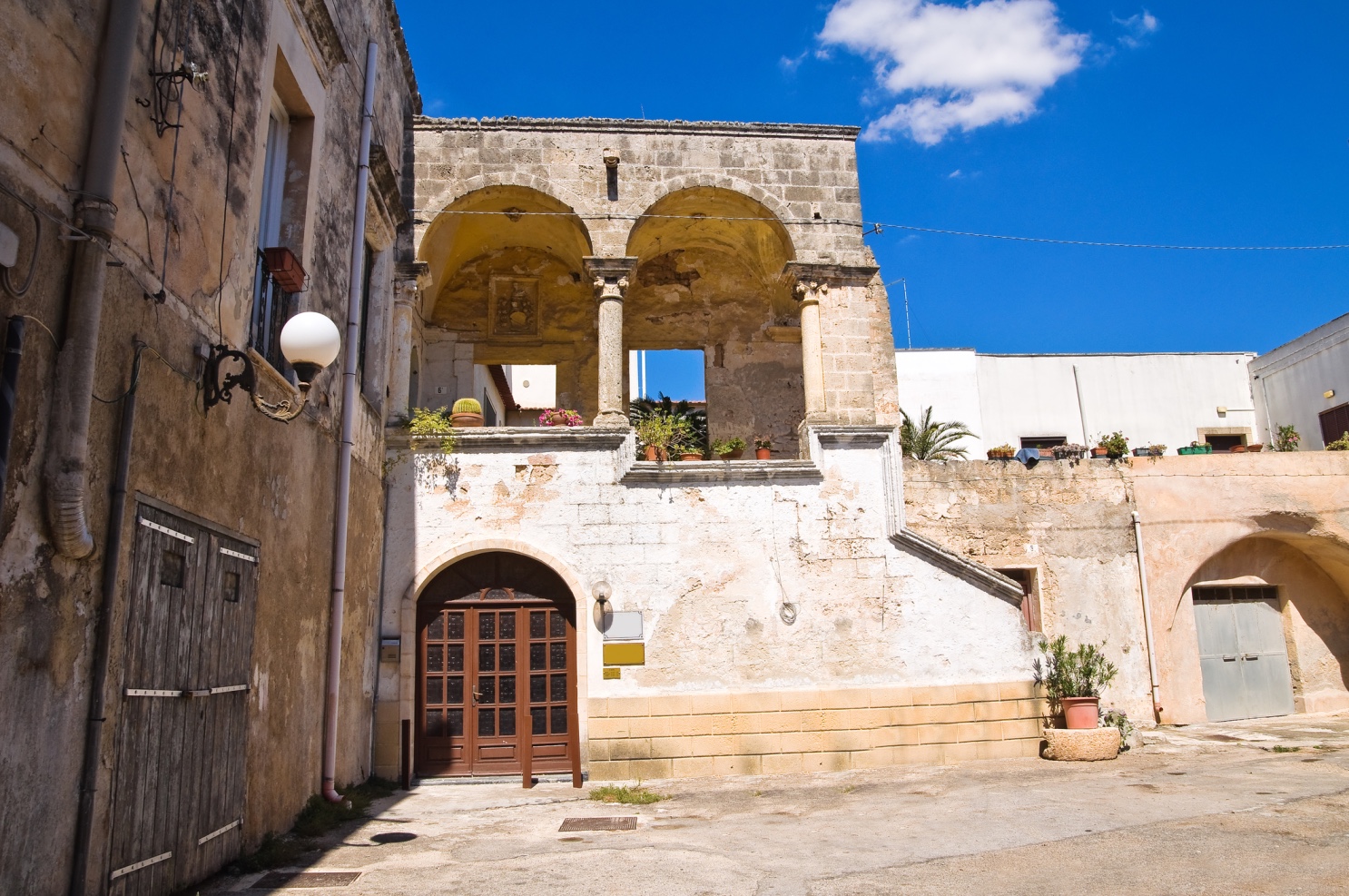Italy mourned victims of a deadly and destructive cyclone that tore through the island of Sardinia, leaving towns completely destroyed, houses full of mud, streets collapsed, fields submerged, and at least 18 dead. This was an “apocalyptic” storm that felled bridges from gushing, muddy rivers and water levels rising as high as 10 ft (3 m) in some places.
More than 17 inches (440 mm) of rain fell in just 90 minutes overnight; as much as usually falls in a 6-month period. Just as the downpour was ending, the civil protection agency issued another 24-hour weather alert warning of more heavy rains across northwest areas of the island, gale force winds, and snow in the mountain areas.
Olbia, a town of 50,000 people, was among the worst hit by the storm, together with the areas around Nuoro, Oristano, Orasta and Gallura. Over 2,000 people had to evacuate their homes following the rains.
Nobody has seen a situation as extreme as this for decades, especially because it has affected the whole island. Never has so much water fallen in the area since record keeping began 150 years ago.
The Italian government immediately declared a state of emergency, and premier Letta spoke of a “national tragedy”. The government also approved an amendment to the 2014 draft budget, currently going through the Senate, to allocate 103 million euros for cyclone-torn areas. Letta announced that 20 million euros ($ 27 m) would be allocated immediately to emergency relief efforts, and soldiers will be deployed to the region.
The ultimate cost of the damage has yet to be made clear.
Damage is widespread in the countryside, where raging waters made whole herds disappear, tore away barn roofs, fences, and tractors, and flooded fields and orchards. Damage to farms and roads is also a true calamity for sheep in a zone that raises more than 40% of Italy’s total.
Italy’s civil protection chief Franco Gabrielli slammed local authorities for allowing the disastrous cyclone to catch them unprepared. Responding to accusations that the agency failed to give Sardinia adequate notice, Gabrielli stressed the agency put out a weather alert on Sunday, 12 hours prior to the rain, warning prefectures and the regional government, who were then responsible for informing municipalities.
The reason for the level of devastation, apart from the fury of nature, is of course human. Many homes in the areas reporting extensive damage have been built illegally along riverbanks, and entire neighborhoods were reportedly constructed without submitting urban planning documents for approval by local governments.
The torrential rains flooded streets, swept cars away, and caused rivers to burst their banks and bridges to collapse. Of course it cannot be simply nature’s fault: local authorities allowed the disastrous cyclone to catch them unprepared.
At risk as well are areas beyond Sardinia. More than 6 million Italians face potential damage from flooding, particularly in coastal areas where reckless building has taken place.
